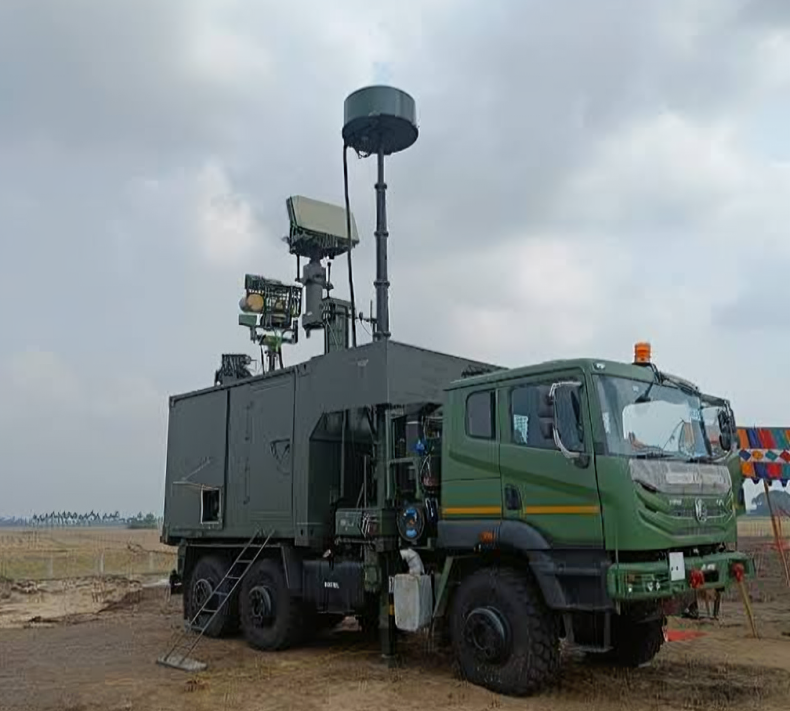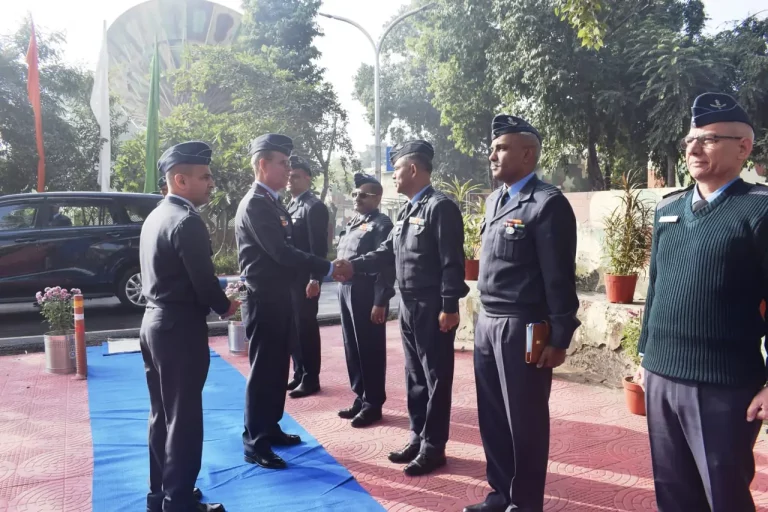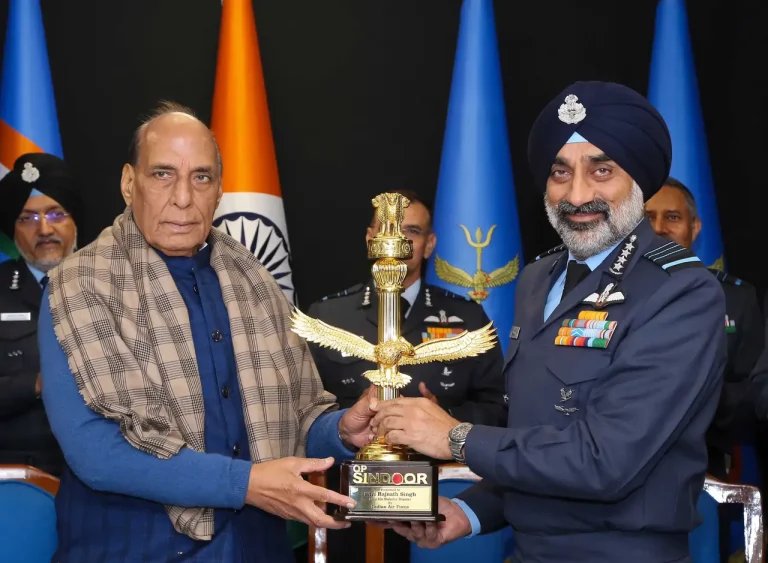The Indian Army has made a significant advancement in bolstering national security and promoting self-reliance by issuing Requests for Information (RFI) for the development and procurement of indigenous counter-drone systems, as part of the Make in India initiative. This initiative aligns with the Defence Acquisition Procedure (DAP) 2020 and focuses on two primary platforms: the Manpack Counter Unmanned Aerial System and the Ground-Based Counter Unmanned Aerial System. This move reflects an increasing recognition of the need to counter drone-related threats in the evolving landscape of modern warfare.
Recent military engagements between India and Pakistan saw the unprecedented use of unmanned aerial vehicles (UAVs) on both sides, culminating in a brief but intense conflict earlier this month. A report highlighted the escalating role drones played in this conflict, prompting urgent procurement actions by the Indian government. In light of these developments, India has allocated approximately $4.6 billion for emergency military spending, with an estimated $470 million earmarked specifically for counter-UAV technologies over the coming two years.
In this context, two Indian firms are emerging as key players in the technological advancements aimed at countering these threats. Bharat Electronics Limited (BEL) is at the forefront with its D4 System, a sophisticated vehicle-mounted platform that facilitates real-time tracking, detection, and neutralization of drones. The system employs both soft-kill (jamming) and hard-kill (kinetic) methods and is equipped with advanced features, including thermal imaging and optical sensors, making it highly effective against micro and small UAVs, particularly in sensitive areas.
Another notable contributor is the startup Armory, which has developed SURGE, a locally designed drone jammer. SURGE boasts capabilities for real-time signal interception and neutralization, positioning itself to compete with established international players such as DroneShield and Dedrone. This technological innovation aligns with India’s broader goal of creating indigenous solutions within the rapidly expanding counter-unmanned aerial system (C-UAS) market.
The importance of homegrown technology was further emphasized during Operation SINDOOR, conducted against the backdrop of escalating border tensions. This operation underscored India’s commitment to leveraging its domestic defense industry to modernize combat capabilities. Companies such as ideaForge Technology, which has supplied over 2,000 drones to Indian armed forces, are enhancing their products with electronic warfare resistance features, reinforcing the country’s technological edge.
As drones become increasingly recognized as effective, cost-efficient tools for surveillance and offensive operations, India’s accelerated focus on developing counter-drone capabilities marks a pivotal shift in its defense strategy. The military is prioritizing fast-tracked trials and acquisitions to bypass bureaucratic hurdles, ensuring preparedness on the frontline.
With increasing investments in UAVs and counter-drone technologies, the collaboration between the Indian Army and domestic innovators is indicative of a broader national strategy to reduce foreign dependency. The Aatmanirbhar Bharat initiative transcends being merely a policy slogan; it represents a vital approach to securing India’s borders and equipping its military forces to tackle future challenges presented by advanced warfare technologies.















